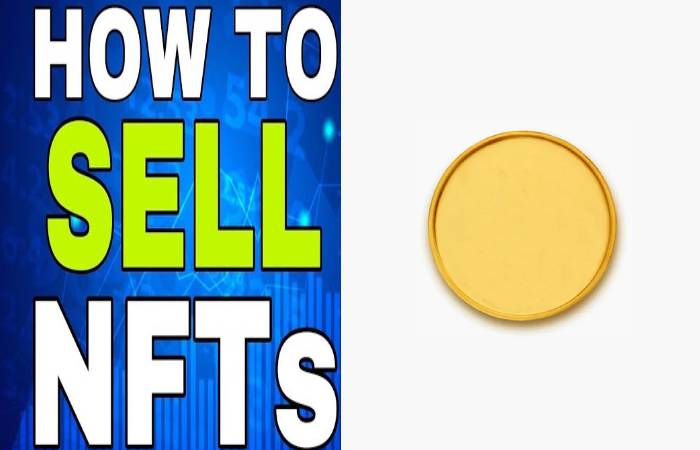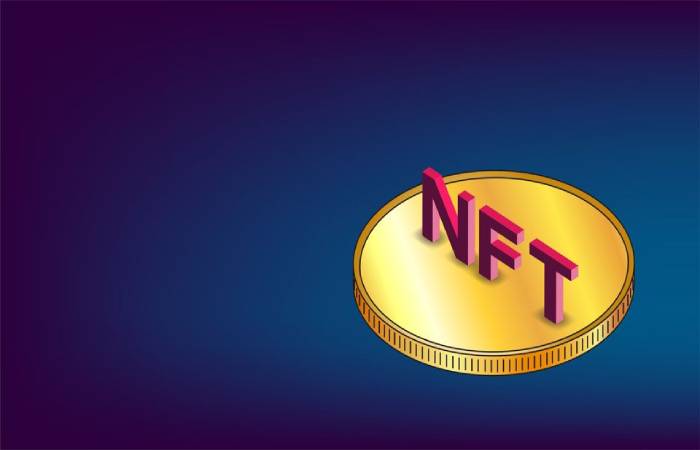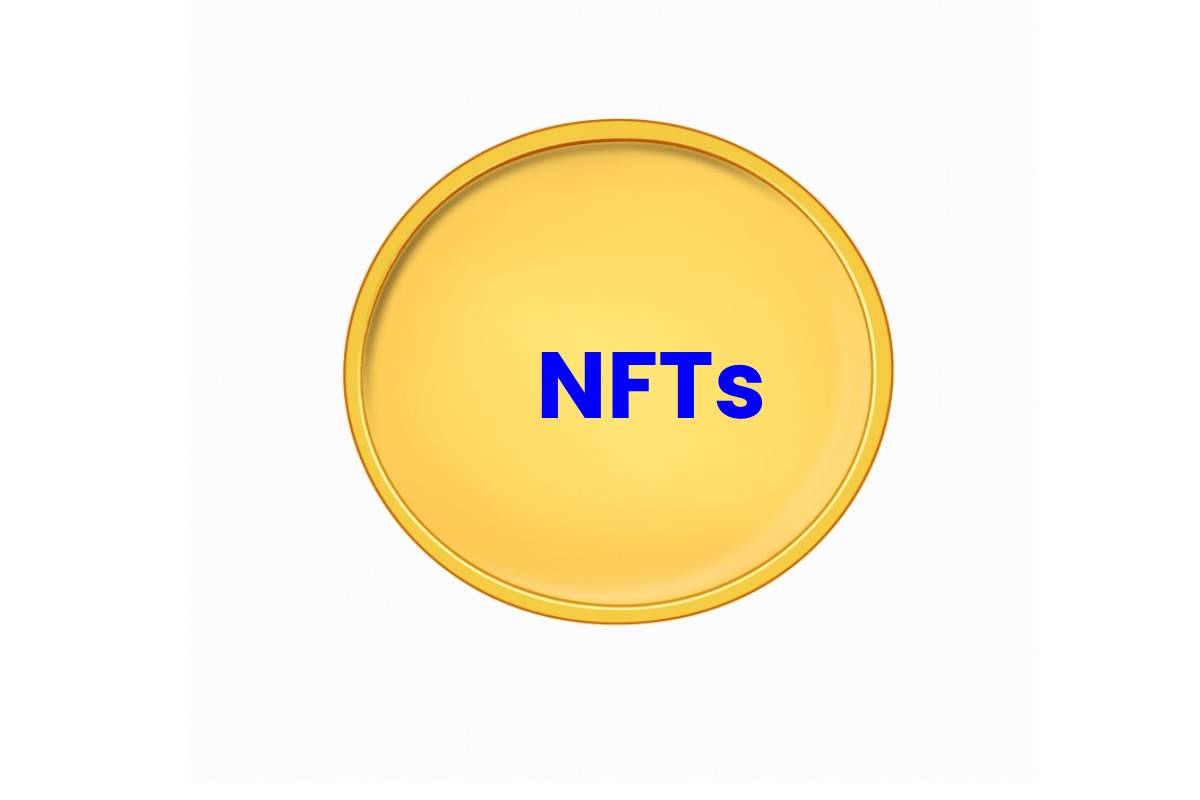Table of Contents
What are NFTs?
NFTs, or Non-fungible tokens, are digital content pieces linked to the blockchain, the digital database underpinning cryptocurrencies such as bitcoin and ethereum. Unlike NFTs, those assets are fungible, meaning they can be replaced or exchanged with another identical one of the same value, much like a dollar bill.
NFTs, on the other hand, are unique and not mutually interchangeable, which means no two NFTs are the same.
Think of Pokémon cards, rare coins or a limited-edition pair of Jordans: NFTs create scarcity among otherwise infinitely available assets — and there’s even a certificate of authenticity to prove it.
NFTs are typically used to buy and sell digital artwork and can take the form of GIFs, tweets, virtual trading cards, images of physical objects, video game skins, virtual real estate and more.
How to Buy NFTs?
- Essentially, any digital image can be purchased as an NFT. But there are a few things to consider when buying one, especially if you’re a newbie.
- You’ll need to decide what marketplace to buy from, what type of digital wallet is required to store it and what kind of cryptocurrency you’ll need to complete the sale.
- Some of the most common NFT marketplaces include OpenSea, Mintable, Nifty Gateway and Raible.
- There are also niche marketplaces for more specific types of NFTs, too, such as NBA Top Shot for basketball video highlights or Valuables for auctioning tweets such as Dorsey’s currently up for bid.
How are NFTs Fueling a Digital Art Boom?
- But be wary of fees. Some marketplaces charge a “gas” fee, which the energy required to complete the blockchain transaction.
- Other fees can include converting dollars into ethereum (the currency most commonly used to buy NFTs) and closing expenses.
- If you’re curious and want to know more about what it’s like to purchase an NFT, we went ahead and bought one. (And yes, it is a cat.)
How to Sell NFTs?

- NFTs are also sold on marketplaces, and the process can vary from platform to platform.
- You’ll essentially upload your content to a marketplace then follow the instructions to turn it into an NFT.
- You’ll be able to include specifics such as a description of the work and suggested pricing.
- Most NFTs purchase using ethereum but can also be bought with other ERC-20 tokens such as WAX and Flow.
How to Make an NFT?
Anyone can create an NFT. All that’s need is a digital wallet, a small purchase of ethereum and a connection to an NFT marketplace where you’ll be able to upload and turn the content into an NFT or crypto art. Simple, right?
Other key characteristics of NFTs include:
Non-Interoperable
- A CryptoPunk cannot use as a character on the CryptoKitties game or vice versa.
- This goes for collectables such as trading cards, too; a Blockchain Heroes card cannot play in the Gods Unchained trading-card game.
Indivisible
- NFTs cannot divide into smaller denominations like bitcoin satoshis. They exist exclusively as a whole item.
Indestructible
- Because all NFT data on the blockchain via smart contracts, each token cannot be destroy, removed, or replicated.
- Ownership of these tokens is also immutable, which means gamers and collectors possess their NFTs, not the companies that create them.
- This contrasts with buying things like music from the iTunes store, where users don’t own what they’re buying. They purchase the license to listen to music.
Verifiable
- Another benefit of storing historical ownership data on the blockchain is that items such as digital artwork can trace back to the original creator, which allows pieces to authenticate without the need for third-party verification.
Why is NFTs Important?

- NFTs have become hugely popular with crypto users and companies alike because they revolutionized the gaming and collectables space.
- Since November 2017, there has been a total of $174 million spent on NFTs.
- Subscribe to Crypto Long & Short, our weekly newsletter on investing.
- You will receive emails about CoinDesk products by signing up, and you agree to our terms & conditions and privacy policy.
- Thanks to the advent of blockchain technology. Gamers and collectors can become the immutable owners of in-game items and other unique assets and make money from them.
- In some cases, players can create and monetize structures like casinos and theme parks in virtual worlds, such as The Sandbox and Decentraland.
- They can also sell individual digitals items they accrue during gameplay, such as costumes, avatars and in-game currency, on a secondary market.
- For artists, being able to sell artwork in digital form directly to a global audience of buyers without using an auction house or gallery allows them to keep a significantly more significant portion of the profits they make from sales.
- Royalties can also program into digital artwork so that the creator receives a percentage of sale profits each time their artwork sells to a new owner.
- Best known as Captain Kirk from “Star Trek,” William Shatner” ventured into digital collectables in 2020. And issued 90,000 digital cards on the WAX blockchain showcasing various images of himself.
- Each card initially sells for approximately $1 and now provides Shatner with passive royalty income every time one resell.
Why do They NFTs Have Value?
- Like all assets, supply and demand are the key market drivers for price.
- Due to the scarce nature of NFTs and the high demand for them from gamers, collectors and investors, people often prepare to pay a lot of money for them.
- Some NFTs also have the potential to make their owners a lot of money. For instance, one gamer on the Decentraland virtual land platform decided to purchase 64 lots and combine them into a single estate.
- Dubbed “The Secrets of Satoshis Tea Garden,” it sold for $80,000 purely because of its desirable location and road access.
- Another investor parted with $222,000 to purchase a digital Monaco racing track segment in the F1 Delta Time game.
- The NFT representing the digital track piece allows the owner to receive 5% dividends from all races on it, including entry ticket fees.
What are the Most Expensive NFTs?
- Dragon the CryptoKitty continues to be one of the most expensive NFTs in the space, valued at 600 ETH.
- The one-of-a-kind “1-1-1” race car from F1 Delta Time sold for 415.9 ETH in May 2019.
- Alien #2089 sold for 605 ETH in January 2021. This NFT is part of the CryptoPunk collection, the first NFTs ever created. Overall, there are 10,000 different CryptoPunks and only nine Alien CryptoPunks.
- An NBA Topshot digital collectable card of basketball star LeBron James sold for $100,000.
- An Axie named Angel from the NFT-based game Axie Infinity sold for 300 ETH.
Conclusion
NFTs are tokens that we can use to represent ownership of unique items. They let us tokenise things like art, collectables, even real estate.
They can only have one official owner at a time, and the Ethereum blockchain secures them. No one can modify the record of ownership or copy/paste a new NFT into existence.
NFT stands for non-fungible token. Non-fungible is an economic term that you could use to describe things like your furniture, a song file, or your computer. These things are not interchangeable for other items because they have unique properties.


